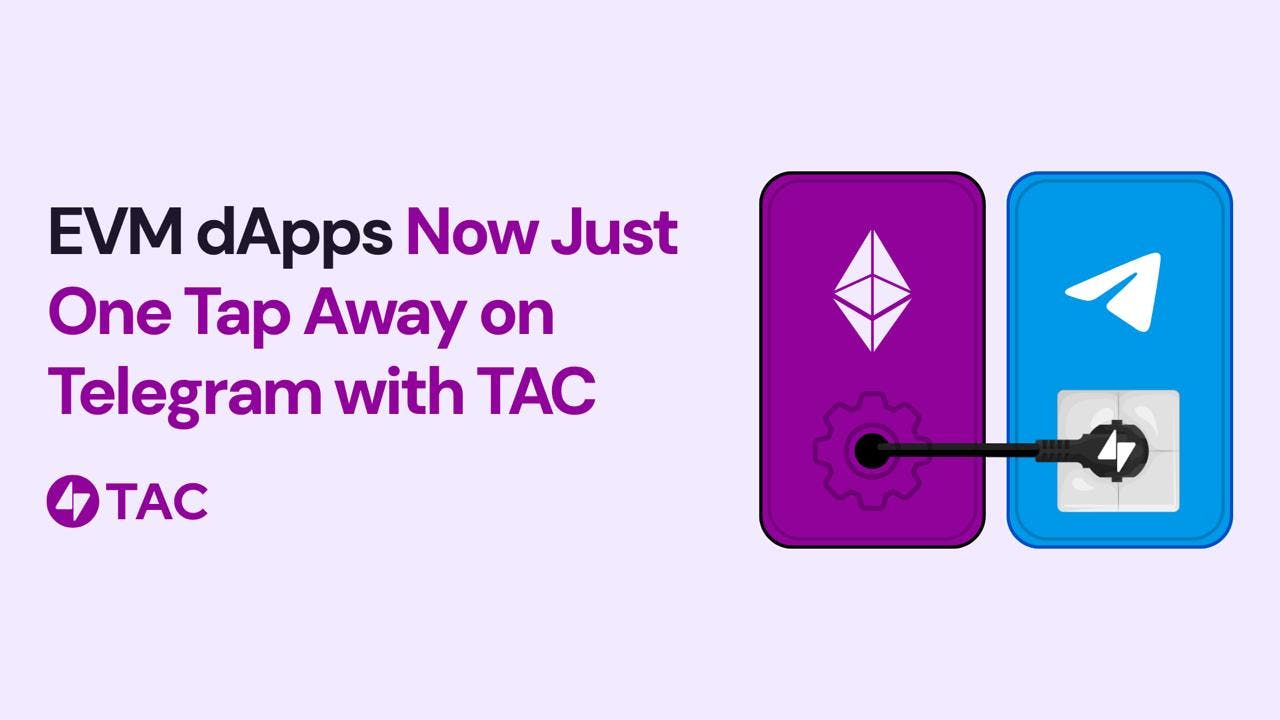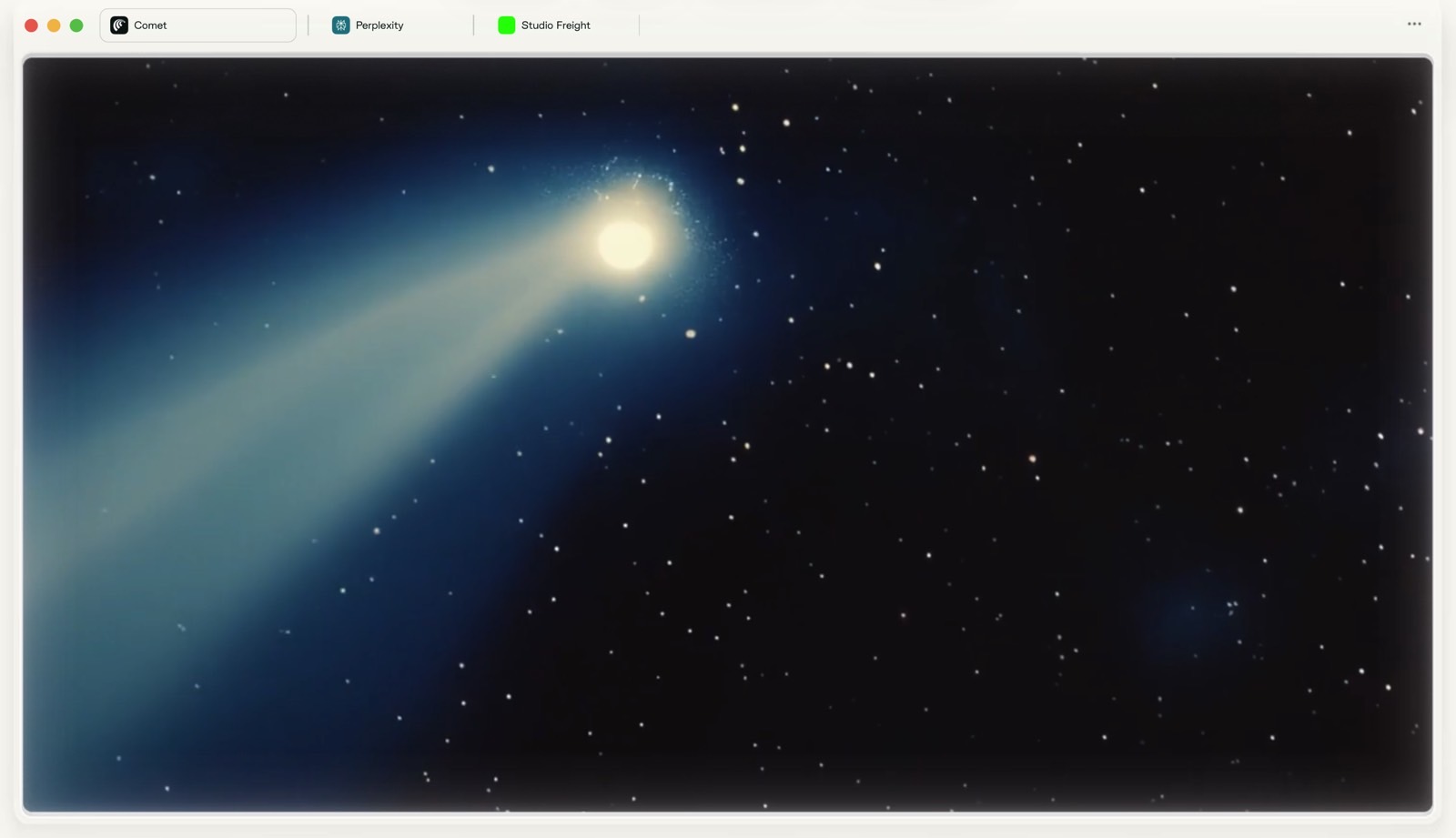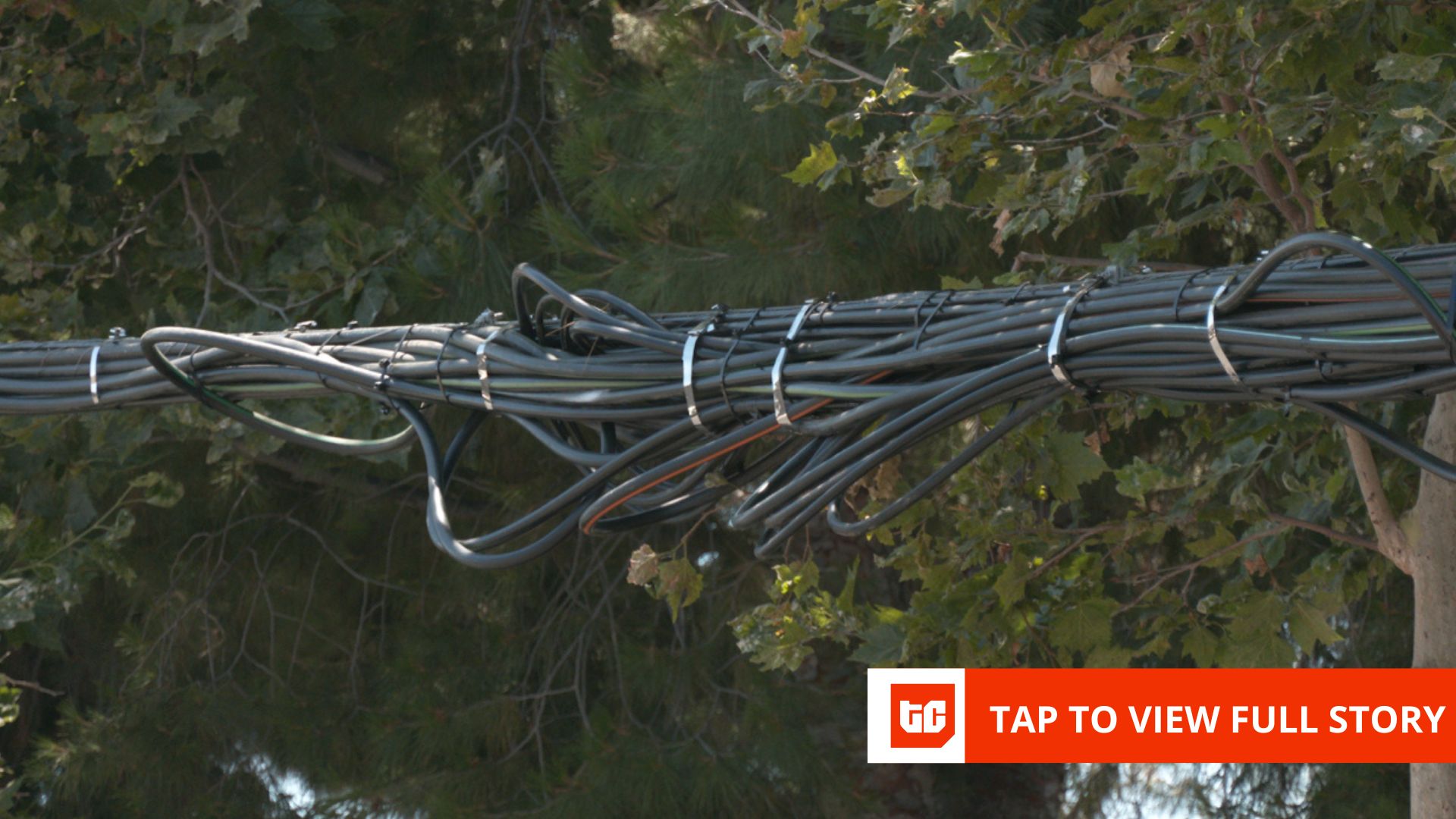Positioned as a purpose-built Layer 1 blockchain instead of a Layer 2, TAC promises Telegram’s billion-strong user base one-tap access to Ethereum-grade DeFi while keeping assets natively on TON.
Crypto has chased “the next billion users” for a decade, yet newcomers still face intimidating wallet setups, seed phrases, and confusing RPC menus. At the same time, Telegram, boasting a very tangible one billion monthly users and a lively crypto community, would benefit from Ethereum’s robust DeFi ecosystem.
TAC argues that the missing link is a network extension: an EVM-compatible execution layer embedded into Telegram’s native blockchain, TON, letting users effortlessly swap, lend, and earn yield through Telegram chats.
TAC is
Backed by
The Friction Keeping dApps Off Telegram
Mainstream users crash into the same wall of friction every time they try on-chain apps: browser extensions, seed-phrase backups, RPC menus, and network switches that are impossible to explain over chat. Even if they persevere, Apple and Google still police their app stores, throttling any mobile release that enables in-app token transfers.
Meanwhile, Telegram’s own mini-apps are booming, but they sit on an island, where tapping L2 liquidity or Ethereum’s composability is a challenge. Developers feel the pain: They have to rewrite new contracts, then pay for a brand-new audit.
The Solution Is Not Another Layer 2
TAC
Users seamlessly interact with EVM-compatible dApps as Telegram mini-apps, while developers effortlessly redeploy Solidity contracts through proxy contracts, and no code changes are needed for basic deployment; proxy contracts are required for TON integration. Telegram’s native features enable coordinated group actions and peer-to-peer transactions directly within chats.
Bringing dApps to Everyday Users
Hundreds of millions of users swap stickers, settle group tabs, and trade tokens on a monthly basis on Telegram, and TAC layers full EVM functionality on top of that familiar flow: open a chat, tap a mini-app, sign with the built-in wallet, and that’s it.
On the developers’ side, thanks to the Solidity back-end, teams can redeploy battle-tested contracts. Gas gauges, governance modules, and oracle feeds behave exactly as on the mainnet, cutting time-to-market and audit overhead.
All of these sit inside Telegram’s native stack for notifications, group chats, and user IDs. Developers inherit an off-the-shelf CRM, while users enjoy coordinated actions, including multi-sig approvals and P2P swaps, without ever leaving the chat.
The ‘Next Billion’ Already Resides Here
Telegram has been crypto’s town square since 2017, so its users already trade tokens and tip in chat. The audience is vast — Pavel Durov
Crucially, the rails are already in place: the self-custodial TON Space wallet ships natively in the app, with over 100 million users already
A single bot link dropped into a public channel or group can reach millions without paid installs, App Store reviews, or Google Play policies, giving developers a distribution channel that Web2 startups can only envy.
How TAC Works
The TON Adapter system — a novel cross-chain framework — seamlessly connects TON and TAC. The process feels like signing a normal chat action instead of dealing with pop-ups or network toggles.
Because business logic executes on TAC while the entire user journey unfolds in chat, dApps become true “hybrids.” A Telegram bot can even surface an Ethereum yield aggregator — think a Pendle strategy — by pinging TAC’s middleware; the contract runs on TAC, liquidity settles on TON, and the user sees nothing more than a confirmation message in the same chat window.
Top-tier DeFi protocols, including Curve, Bancor, Euler, Morpho, and more (combined TVL: $11B) have already been deployed on TAC’s mainnet. TAC has also joined forces with Agglayer, enabling shared liquidity across Ethereum, TAC, and the broader DeFi ecosystem.
In March 2025, TAC and Turtle Club
Opportunities and Risks on the Road to Mass Adoption
TAC positions Telegram as a user-friendly entry to Web3, bypassing traditional app store constraints.
Finally, TAC’s toolchain and validator economics are still maturing, meaning robust SDKs and analytics will appear.
Overall, TAC begins with users, liquidity, and a familiar Solidity stack — a stronger footing than many blockchain launches — but it must harden fast to keep that edge.
Moving dApps Instead of Users
Whether TAC can evolve into Telegram’s definitive Web3 layer now hinges on execution. future applications will be composable, UX-first, and messaging-native — more like lightweight bots than heavyweight dashboards. In that world, sending value, staking yield, or spinning up a DAO could feel no harder than forwarding a meme.










